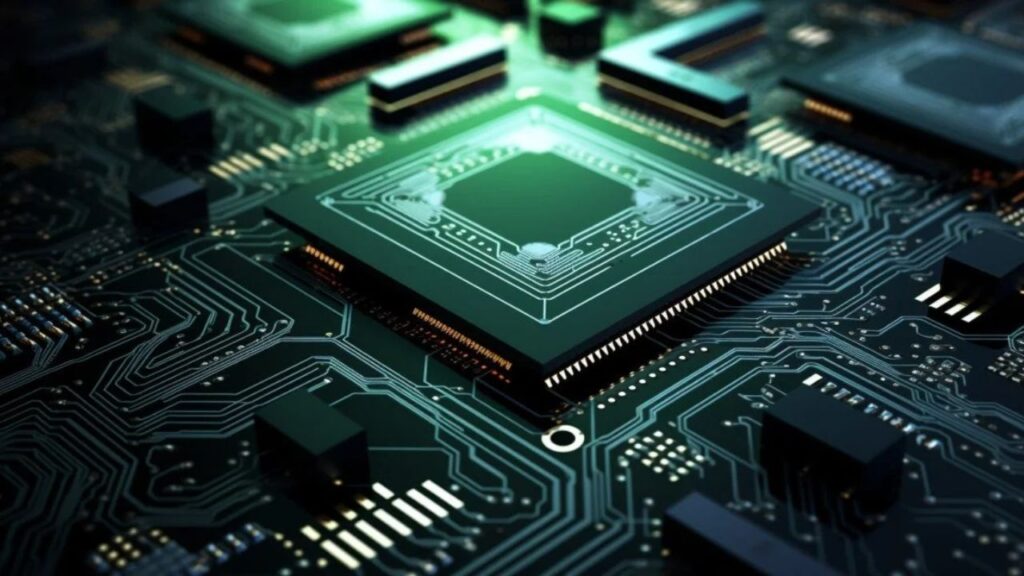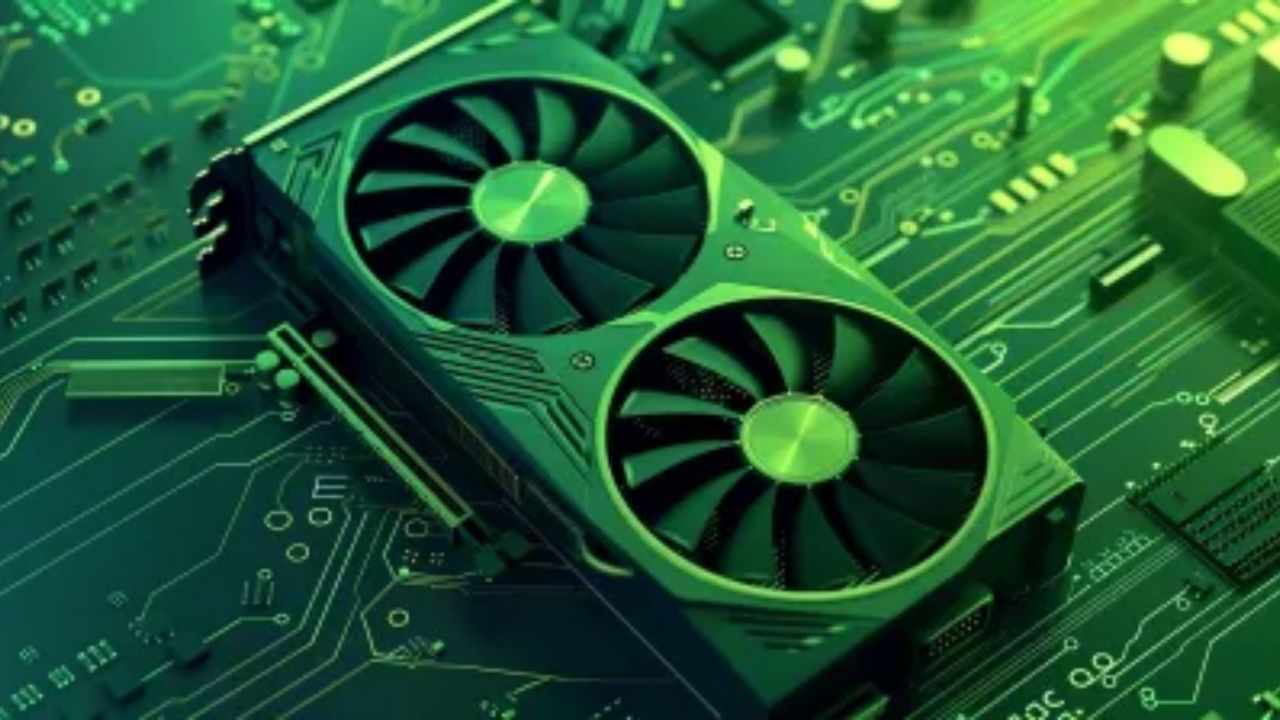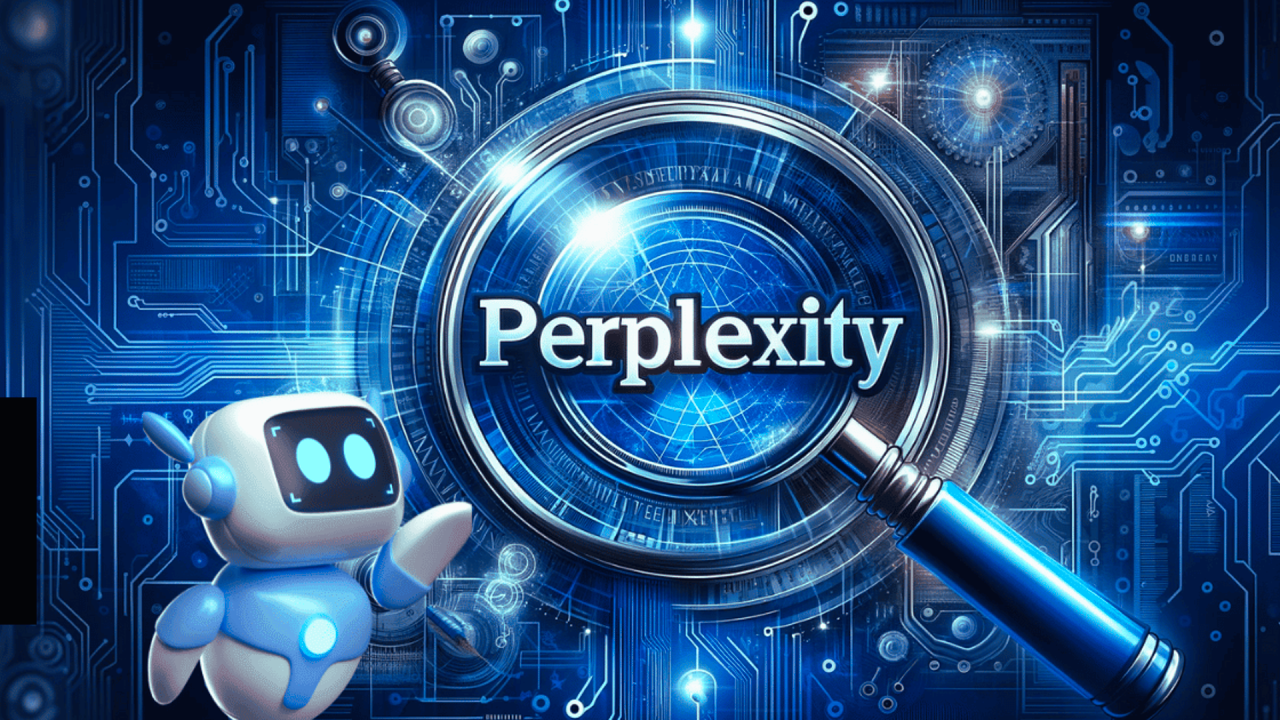Recently, Nvidia quietly introduced its groundbreaking AI model, Llama-3.1-Nemotron-70B-Instruct, which has reportedly outperformed major competitors such as OpenAI’s GPT-4o and Anthropic’s Claude 3.5 in various benchmark tests.
The Power of Nemotron-70B
Nvidia’s Nemotron-70B is a cutting-edge AI model, developed on Meta Platforms Inc.’s Llama 3.1 framework. Despite having fewer parameters than some of its competitors, this model has demonstrated impressive results in critical benchmark tests. It scored 85.0 in Arena Hard, 57.6 in AlpacaEval 2 LC, and 8.98 in GPT-4-Turbo MT-Bench.
These stellar results show that Nemotron-70B excels in generating human-like responses, particularly in general queries and coding tasks. It has proven its capability to compete against larger models, making it an impressive addition to the AI landscape.
Open-Source for Developers
One of the most significant aspects of Nemotron-70B is that it is open-source. Nvidia released the model on the popular AI platform Hugging Face, making it accessible to developers across the globe. By providing open access, Nvidia encourages further research and development, allowing developers to modify and enhance the model for various applications.
This step signals Nvidia’s commitment to expanding its presence in AI software development, not just hardware such as high-performance GPUs. This shift is indicative of a broader strategy where efficiency and accessibility are becoming increasingly important in AI advancements.

Accessible and Ready for Preview
You can now preview the Nemotron-70B model on Nvidia’s official site, making it easy for the public to engage with and explore its capabilities. For those in the AI community, this is an opportunity to access a leading-edge model and potentially contribute to its development.
Why It Matters
Nvidia’s move into the AI software domain signals an important strategic evolution. Traditionally known for its hardware dominance, particularly with its high-performance GPUs, the company is now making significant strides in AI model development. This change highlights how Nvidia’s influence in the tech world is expanding beyond just hardware to include advanced AI software.
The company’s emphasis on making advanced AI models accessible to developers could reshape the industry. With Nemotron-70B’s open-source availability, Nvidia is fostering a more inclusive environment for innovation, enabling developers to tailor AI models to specific needs.
Challenges on the Horizon
Despite these advancements, Nvidia is facing production challenges with its Blackwell chips, a crucial part of its hardware portfolio. These chips, essential for high-performance AI tasks, may not be available until early 2025, adding complexity to Nvidia’s roadmap. However, the success of Nemotron-70B may help bridge the gap, ensuring Nvidia continues to stay competitive in the AI sector.
In conclusion, Nvidia’s release of the Nemotron-70B has positioned the company as a growing force in AI development, offering an impressive, open-source model that surpasses even some of the largest competitors. This step marks Nvidia’s increasing role in shaping the future of AI.
For more insights and the latest updates in AI technology, you can subscribe to Benzinga Tech Trends or check out other articles from Benzinga’s coverage on AI.
Stay tuned for more advancements as Nvidia continues to push boundaries in both hardware and AI software development.



